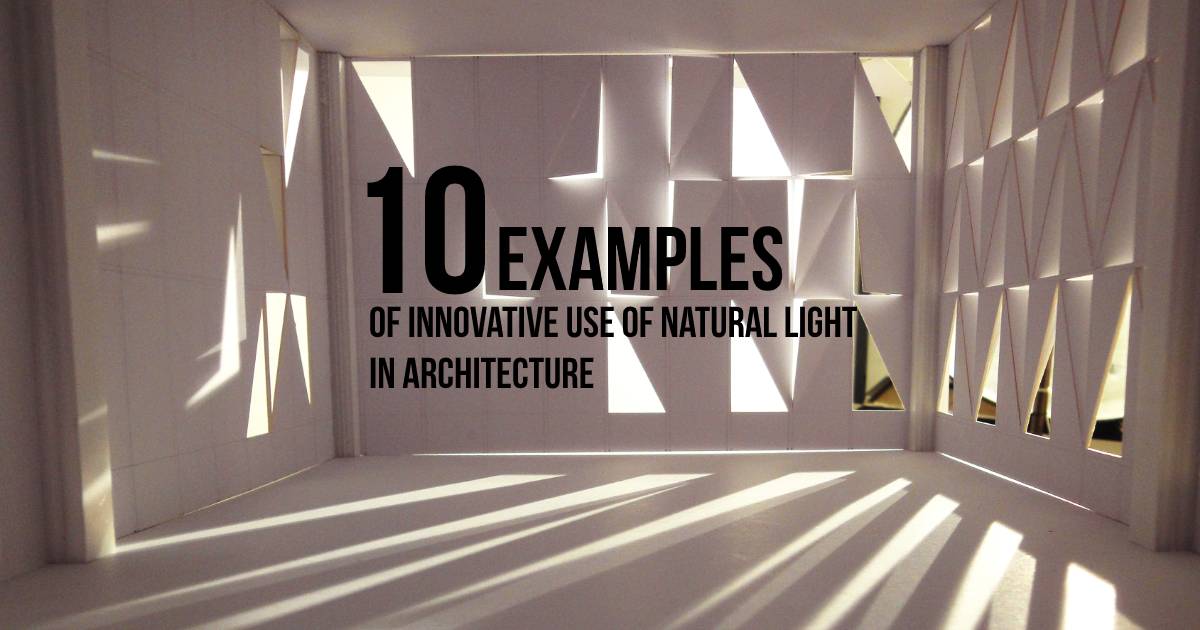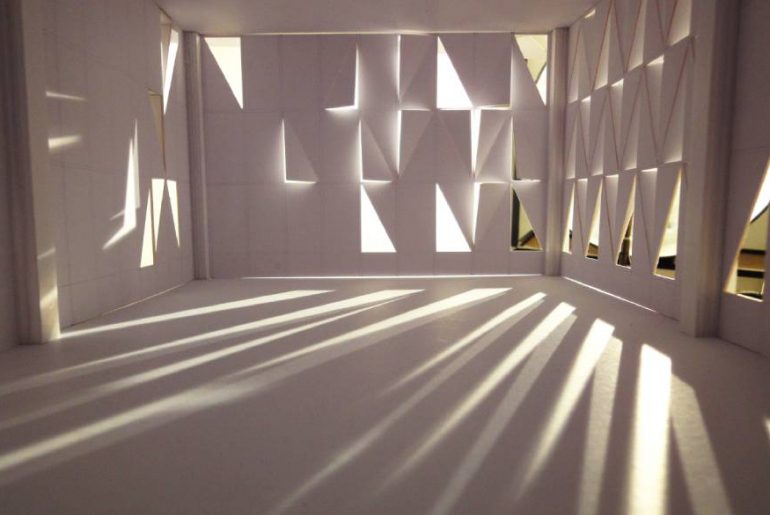What Are The Architectural Elements That Optimize Natural Lighting In Homes?

Architecture is an art and science that create beautiful, functional spaces that we live, work, and play in. To make these spaces work, architects and designers work to bring in natural light as a part of their design. Natural light has many benefits for both the occupants of the space and the environment.
Here are ten examples of innovative use of natural light in architecture:
1. Building Orientation
A well-designed building will have an orientation that takes advantage of natural light. Orienting a building to face the sun can help bring in passive solar energy and reduce the need for artificial lighting. For example, a building that faces north-south will have natural light all day as the sun moves across the sky, whereas a building that faces east-west will only have natural light in the morning and afternoon.
2. Skylights
Skylights are an excellent way to bring natural light into a building. They are typically used in rooms that don't have access to exterior walls or windows, such as bathrooms, closets, or hallways. Not only do they bring in more light, but they can also provide a sense of openness and spaciousness.
3. Light Shelves
A light shelf is a horizontal plane that reflects daylight onto the ceiling of a room. They are typically used in buildings that have a lot of direct sunlight, such as south-facing windows. Light shelves can help reduce the amount of glare and heat that enters a building while still bringing in natural light.
4. Clerestory Windows
Clerestory windows are located on the upper part of a wall, near the roofline. They are typically used in larger buildings, such as churches, libraries, or museums, to bring in natural light without sacrificing wall space. Clerestory windows can provide a beautiful source of natural light that floods a room with warmth.
5. Solatubes
Solatubes are an effective way to bring natural light into a dark space, such as a basement. They consist of a tube that reflects sunlight down into a room, similar to a skylight. Solatubes are a more affordable option than traditional skylights, and they can be installed in areas that don't have access to the roof.
6. Light Wells
A light well is a space that has been excavated below ground level and lined with a reflective material to bring natural light into a basement or lower level of a building. Light wells can also be used to bring natural light into interior spaces that don't have access to exterior walls or windows. They are particularly useful in urban areas where space is limited.
7. Window Walls
Window walls are large expanses of glass that provide natural light and a connection to the outdoors. They are typically used in modern architecture and can be made from a variety of materials, such as glass, steel, or concrete. Window walls can provide a stunning view and a sense of openness.
8. Daylight Harvesting
Daylight harvesting is a system that uses sensors to automatically adjust artificial lighting based on the amount of natural light in a space. It can help reduce energy use and improve the quality of light in a building. Daylight harvesting is typically used in larger buildings, such as office buildings or hospitals.
9. Outdoor Rooms
Outdoor rooms are extensions of indoor spaces that are designed to take advantage of natural light and the beauty of outdoor spaces. They can be used for a variety of purposes, such as dining, entertaining, or just relaxing. Outdoor rooms can provide an oasis of calm in an otherwise busy city.
10. Greenhouses
A greenhouse is a building that is designed to grow plants using natural light. They can be used for commercial agriculture or for personal use, such as growing herbs or vegetables. Greenhouses can provide a beautiful source of natural light that creates a sense of warmth and comfort.
Conclusion
Natural light is an essential element in creating beautiful, functional spaces. It provides many benefits for both the occupants of a building and the environment. Architects and designers have developed many innovative ways to bring in natural light, from skylights to daylight harvesting systems. When designing a space, it's important to consider how natural light can be used to enhance the space and create a more welcoming environment.
Frequently Asked Questions
Why is natural light important in architecture?
Natural light provides many benefits for building occupants and the environment. It can enhance the beauty of a space, improve mood and productivity, and reduce energy consumption.
What are some ways to bring natural light into a building?
There are many ways to bring natural light into a building, such as skylights, clerestory windows, window walls, and solatubes. Architects can also orient a building to face the sun and use light shelves or light wells to reflect daylight into a room.
What is daylight harvesting?
Daylight harvesting is a system that uses sensors to automatically adjust artificial lighting based on the amount of natural light in a space. It can help reduce energy use and improve the quality of light in a building.
What are some benefits of outdoor rooms?
Outdoor rooms provide a connection to nature and can enhance the beauty of a space. They can also provide a sense of calm and tranquility in an otherwise busy city.




Post a Comment for "What Are The Architectural Elements That Optimize Natural Lighting In Homes?"